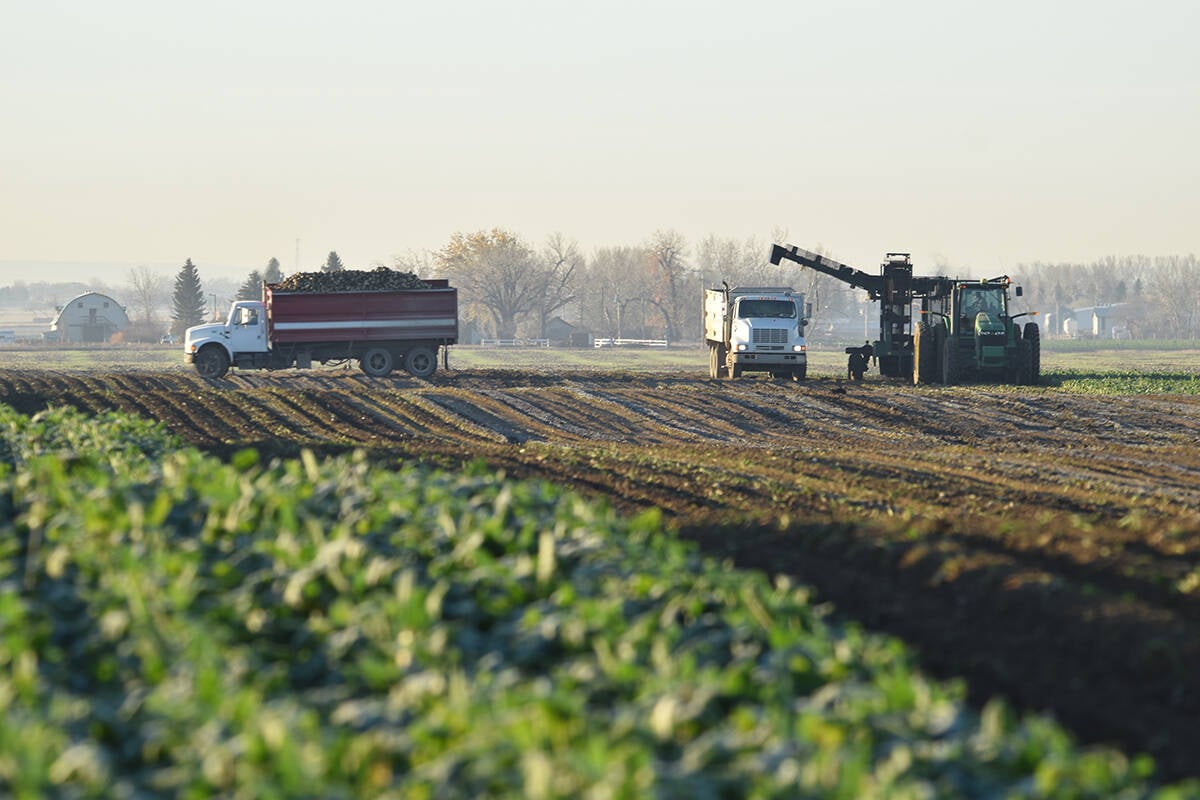WINNIPEG (Staff) – The president of the Winnipeg Commodity Exchange said canola growers are attributing too much power to the new canola futures contract.
Growers are worried that the contract, which uses an area around Saskatoon as a pricing point rather than Vancouver, will lower prices for their product.
But Fred Siemens said the contract is used for price discovery and is not a cash market or an alternative to the cash market. Siemens said grain companies and processors will buy canola as they did before and the contract will not change the actual price of canola.
Read Also

Canada the sole G7 nation without a Domestic Sugar Policy to aid local sugar beet production
Canadian sugar beet industry vastly different to US with free-market system compared to protective government-regulated sugar program
“We’ve been elevated to a level that we don’t have. We’re not determinants of cash price,” Siemens said.
When Vancouver is used as the pricing point, several volatile “extraneous variables” such as transportation problems become part of the futures price, he said.
Using the Saskatoon area as a pricing point eliminates these variables. Because the basis will be narrower, the contract will be of more use, Siemens said.
But Doug Sword, president of the Canadian Canola Growers Association, said the new pricing point, which is an area 150 kilometres around Saskatoon, creates an “economic anomaly.”
He said the growers associations believe there is less demand for canola in the new pricing zone than in Vancouver, where canola is needed for exports. As well, there is a canola surplus in the Saskatoon region.
“If one bidder is shut out of the market for reasons of the mechanism, it’s a disadvantage to me as a farmer,” Sword said. “I want everybody’s demand for the product reflected in the price I receive, and anything that takes away from that hurts my price and makes it more vulnerable to manipulation.”
Other points of contention include:
- International participation. Siemens said would-be market participants in Australia and Europe had a hard time using the Vancouver pricing point. “The people that we have talked to who would logically use the (new) contract for price referencing and for transferring of risk through hedging are very supportive.”
But Sword said the growers included two letters in their court documents from Australian participants who expressed concerns about the new contract.
- Research needed. The growers maintain that more research needs to be done into the effects of moving the pricing point inland from Vancouver.
But Siemens said ample work was done by a Michigan-based expert in futures contracts, a task force led by Larry Martin of the George Morris Centre, and the exchange’s own technical committee. Growers were consulted and included at all times.
“We don’t know what else we could have done, other than accept their recommendation,” Siemens said.














